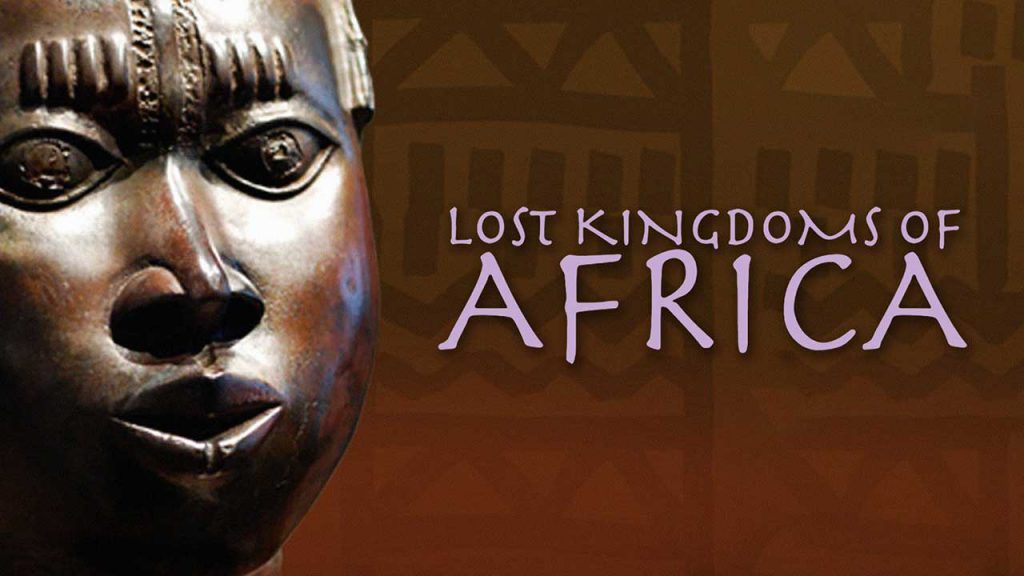Lost Kingdoms of Africa episode 1 – Nubia: Art historian Gus Casely-Hayford explores the history of the old African kingdom of Nubia, whose kings once ruled Egypt and which was eventually defeated by its environment.
The African continent is home to nearly a billion people. It has an incredible diversity of communities and cultures, yet we know less of its history than almost anywhere else on earth. But that is beginning to change. In the last few decades, researchers and archaeologists have begun to uncover a range of histories as impressive and extraordinary as anywhere else in the world. The series reveals that Africa’s stories are preserved for us in its treasures, statues and ancient buildings – in the culture, art and legends of the people.
The first episode looks at Nubia, in what is now northern Sudan, a kingdom that dominated a vast area of the eastern Sahara for thousands of years. Its people were described as barbarians and mercenaries, and yet Nubia has left us with some of the most spectacular monuments in the world. Casely-Hayford traces the origins of this fascinating kingdom back to 10,000 BC. He explores how it developed and what happened to it and its people, discovering that its kings once ruled Ancient Egypt and that it was defeated not by its rivals but by its environment.
Four-part series in which British art historian Dr Gus Casely-Hayford explores the pre-colonial history of some of Africa’s most important kingdoms.
Lost Kingdoms of Africa episode 1 – Nubia
Nubia is a region along the Nile river encompassing the area between the first cataract of the Nile (just south of Aswan in southern Egypt) and the confluence of the Blue and White Niles (in Khartoum in central Sudan), or more strictly, Al Dabbah. It was the seat of one of the earliest civilizations of ancient Africa, the Kerma culture, which lasted from around 2500 BC until its conquest by the New Kingdom of Egypt under Pharaoh Thutmose I around 1500 BC, whose heirs ruled most of Nubia for the next 400 years. Nubia was home to several empires, most prominently the Kingdom of Kush, which conquered Egypt in the eighth century BC during the reign of Piye and ruled the country as its 25th Dynasty (to be replaced a century later by the native Egyptian 26th Dynasty).
From the 3rd century BC to 3rd century AD, northern Nubia would be invaded and annexed to Egypt, ruled by the Greeks and Romans. This territory would be known in the Greco-Roman world as Dodekaschoinos.
Kush’s collapse in the fourth century AD was preceded by an invasion from the Ethiopian Kingdom of Aksum and the rise of three Christian kingdoms: Nobatia, Makuria and Alodia. Makuria and Alodia lasted for roughly a millennium. Their eventual decline started not only the partition of Nubia, which was split into the northern half conquered by the Ottomans and the southern half by the Sennar sultanate, in the sixteenth century, but also a rapid Islamization and partial Arabization of the Nubian people. Nubia was reunited with the Khedivate of Egypt in the nineteenth century. Today, the region of Nubia is split between Egypt and Sudan.




